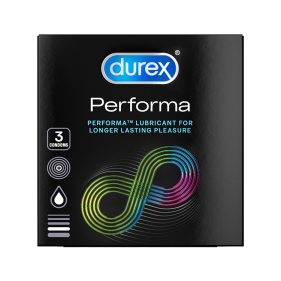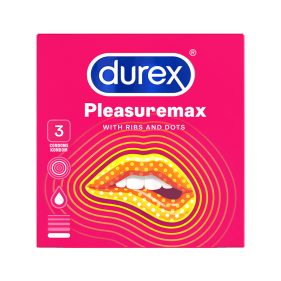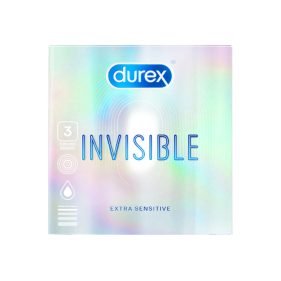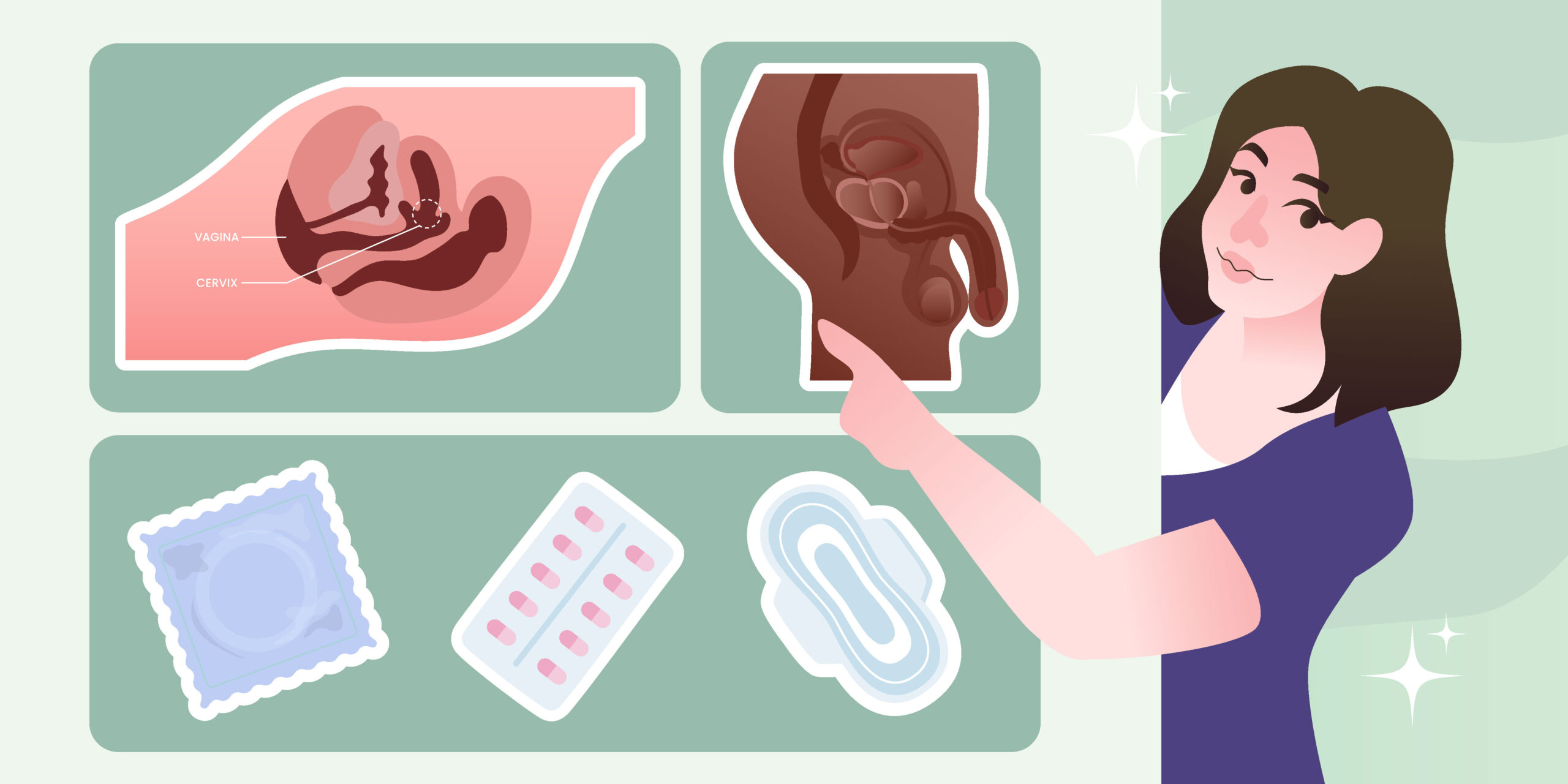
Disclaimer: The issues discussed in the importance of sex education in the Philippines article are primarily based on personal experiences and observations, due to the limited availability of comprehensive studies on this topic.
While the statistics mentioned are linked to credible sources, the tips and suggestions offered should be considered as general advice and not professional recommendations. Readers are encouraged to consult with qualified professionals for specific concerns or further information regarding sex education in the Philippines.
The importance of sex education in the Philippines has always been discussed and advocated by the public, as it’s considered the key to reducing teenage pregnancy in the country. This has then led to the Government passing the Responsible Parenthood and Reproductive Health Act of 2012 (RH Act), in which public schools are required to integrate sex education into their classes.
As a result, the teenage pregnancy rate in the Philippines has declined from 8.6% in 2017 to 5.4% in 2022, according to the Philippine Statistics Authority (PSA). Although this is a positive development, teenage pregnancy continues to be a significant concern.
Meanwhile, HIV cases in the Philippines are rising at an alarming rate. The Department of Health (DOH) reports that in 2023, there are approximately 50 new HIV cases recorded daily, a substantial increase from the 22 daily cases in 2022. This underscores the urgent need for effective sex education in schools. Here are the common issues regarding sex education in the Philippines and the changes we can implement to address them.
Common Issues About Sex Education in the Philippines
As discussed in online forums, Filipinos experience sex ed differently because schools and teachers each put their own spin on it. This leads to a bunch of issues, such as the following:
1Most classes come off as too clinical.
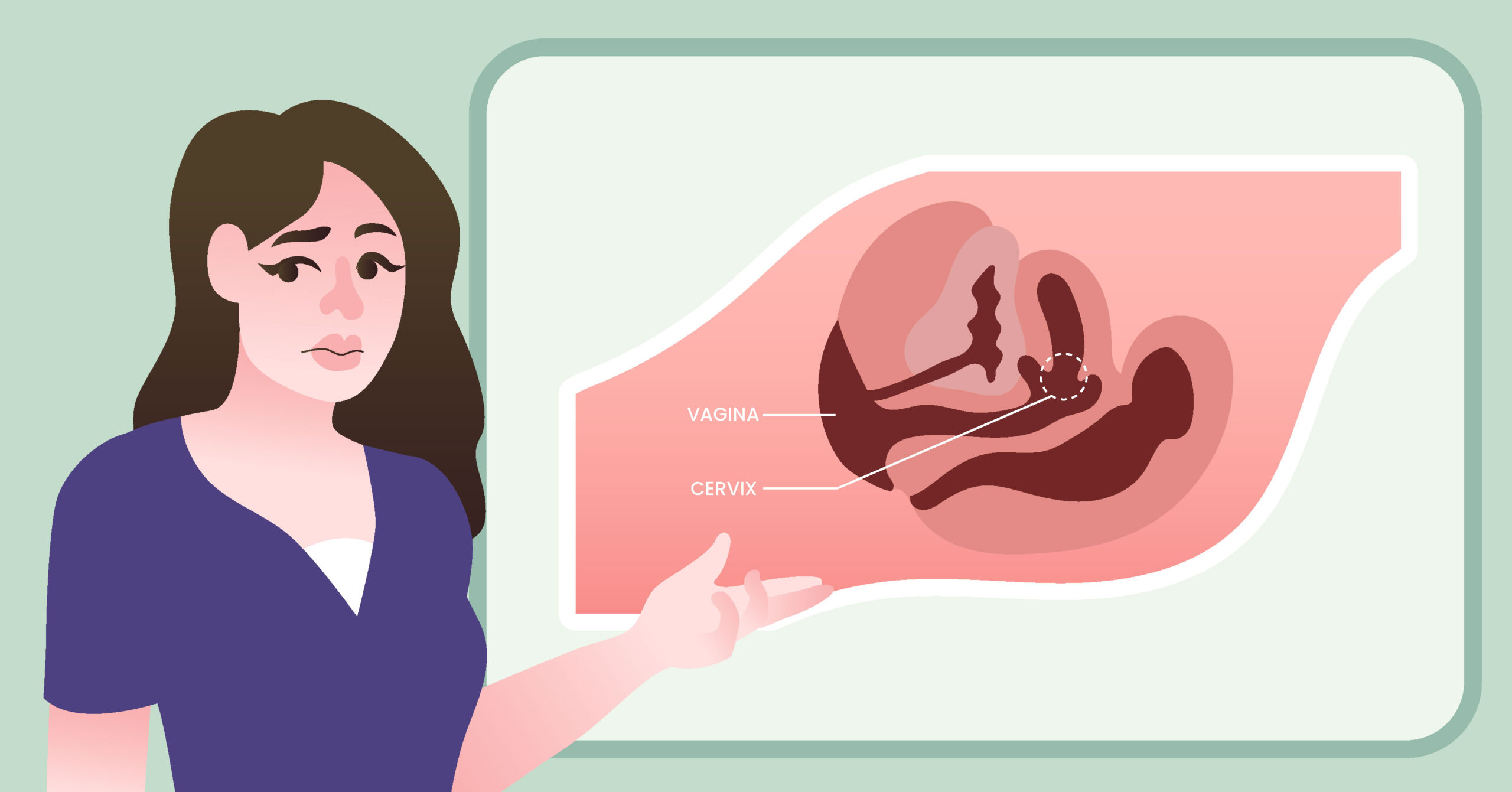
One of the common concerns about the current state of sex education in the Philippines is its perceived “clinical” nature.
While a scientific approach is valuable in some sex-ed topics, completely following this approach can create a sense of detachment from students’ everyday experiences. Not only that, but a clinical approach may hinder addressing the diverse emotional and social aspects of sexual health.
This is why educators should cultivate a more inclusive and relatable environment where students feel comfortable asking questions and expressing their concerns without fear of judgment.
Take the menstrual cycle, for example. Instead of just throwing out the scientific stuff, teachers could dive into the cramps, mood swings, and cravings. They could even share their own funny or awkward period stories, and students could chime in with theirs, turning a boring lecture into a cool yet educational session.
Another example would be the actual process of sex. Instead of explaining what actually happens during the deed and the sexual gratification it brings, the educator glosses over the process with a clinical description: egg meets sperm, fertilization happens, and so on. This approach can confuse teens new to the topic because the actual activity isn’t fully explained.
-
₱350.00
-
Original price was: ₱190.00.₱165.00Current price is: ₱165.00.
2Educators aren’t trained well to address certain topics.
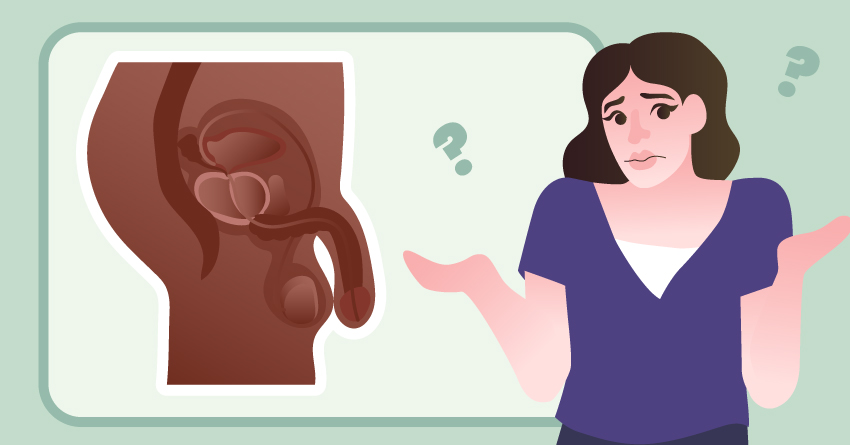
Sex-ed teachers play a huge role in shaping a student’s perception of sex. If a teacher feels awkward or makes sex seem dirty, students might pick up on that vibe and see sex the same way. But if the teacher is open and positive, students will likely think of sex as just a normal part of life, not something weird or wrong.
To give an example, here’s one of the experiences from a Lauvette team member regarding their sex-ed:
“I was in my third year of high school when we got to the topic of sex and reproduction. Instead of giving a lecture, our teacher just handed out a bunch of workbooks, told us to read them, and then left. No discussions, no introductions— just a bunch of pages copied from a health book. It was weird because it was the first time our teacher didn’t actually teach us. That was my first real intro to sex, and it made me feel like it was a bad thing to talk about.”
Now, if a educator feels embarrassed or uncomfortable discussing sex, we can’t entirely blame them. The Philippines is a conservative country, and talking about sex is often considered taboo. If teachers grew up with unhealthy attitudes towards sex, it’s likely to influence how they approach sex education.
That said, Department of Education (DepEd) should set up better training programs for teachers who’ll be handling sex ed. They could bring in therapists, gynecologists, urologists, and other experts to help teachers get comfortable with the terminologies and explain things clearly. This way, teachers can pass on a positive attitude to their students and make the classes more engaging.
3There aren’t enough visual aids and related materials.
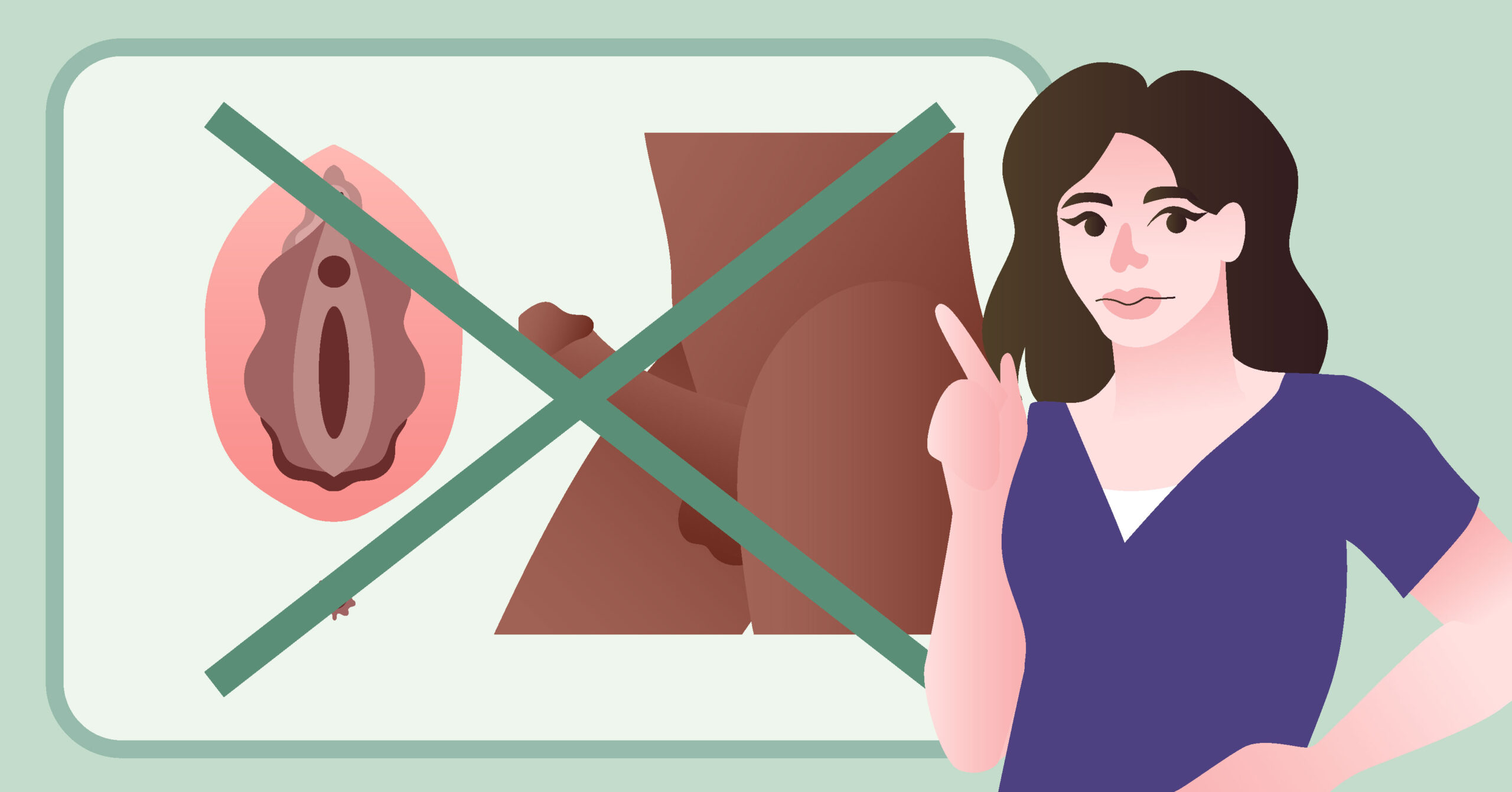
Another major issue in our current sex-ed is the lack of visual aids for students. For example, many sex-ed classes focus on the internal parts of the female reproductive system, but the vulva is rarely shown. This omission means that many women grow up with unhealthy notions about their own bodies. Here’s an experience shared by one of our team members:
“The first sex-ed class I had was, hmmm… I think in Grade 4? They kept showing this tube with like two balls on either side… The teacher was just saying scientific stuff, and I honestly didn’t get it at the time. I didn’t even know that was literally inside my body. The vulva didn’t show up in books or during the class.
I think I only saw a vulva for the first time in a porn video, which was like when I was in my second year in high school. It looked different from mine, so I thought something was wrong with me… It really took time to not be scared of what I look like down there.”
Without proper visual representations of all parts of the reproductive system, it can foster body image issues and misunderstandings about normal anatomical variations. Visual aids such as models or interactive resources should help educators explain certain topics to the class.
Please note that when we say we need visuals, we mean proper diagrams of the vulva, vagina, penis, and other related visual aids, not porn videos or photos. Pornography is not intended for educational purposes and often presents unrealistic portrayals of sexual acts and anatomy. Exposing students to pornographic material can be damaging, possibly perpetuating harmful stereotypes and unrealistic expectations about sex.
-
₱285.00
-
₱150.00
4Some classes are overly focused on abstinence.
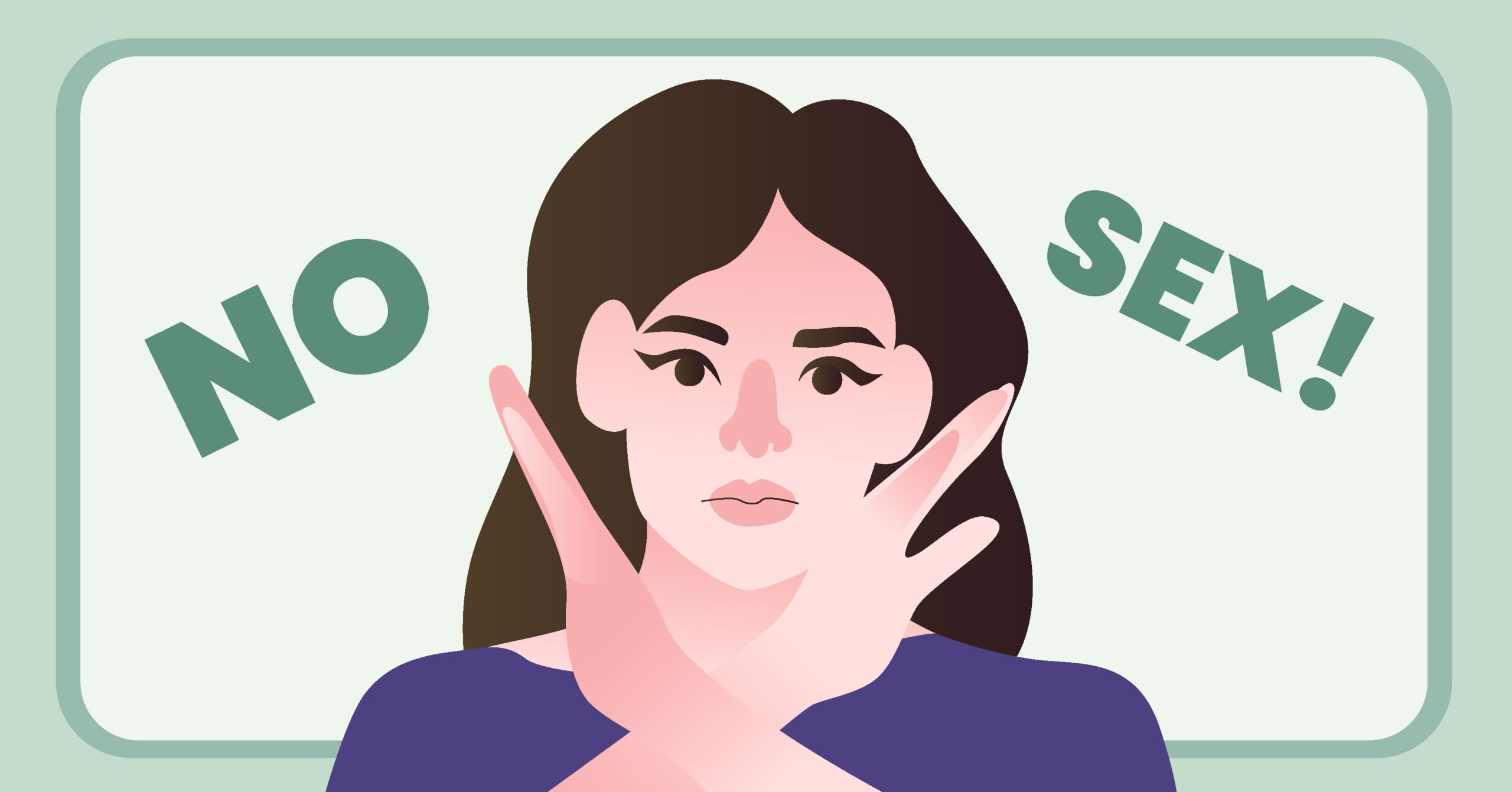
Another problem with sex education programs is that they put way too much focus on abstinence. There are even cases where an educator would literally subject their students to traumatizing videos, such as a woman giving birth, people suffering from severe STD symptoms, and abortion videos, to scare them off from having sex.
Sure, it’s important to talk about abstinence as an option. In fact, we want people to know that it’s perfectly acceptable to wait until they feel ready to have sex and that they shouldn’t do it out of peer pressure or societal expectations.
However, programs that only stress abstinence don’t prepare students for real-life situations. This approach can also make students feel ashamed or guilty about sexual activity, leading to sexual repression.
Good sex-ed should give a balanced view, covering things like contraception, safe sex practices, and the emotional side of sexual relationships.
5Some of the content doesn’t align well with the age group it’s intended for.
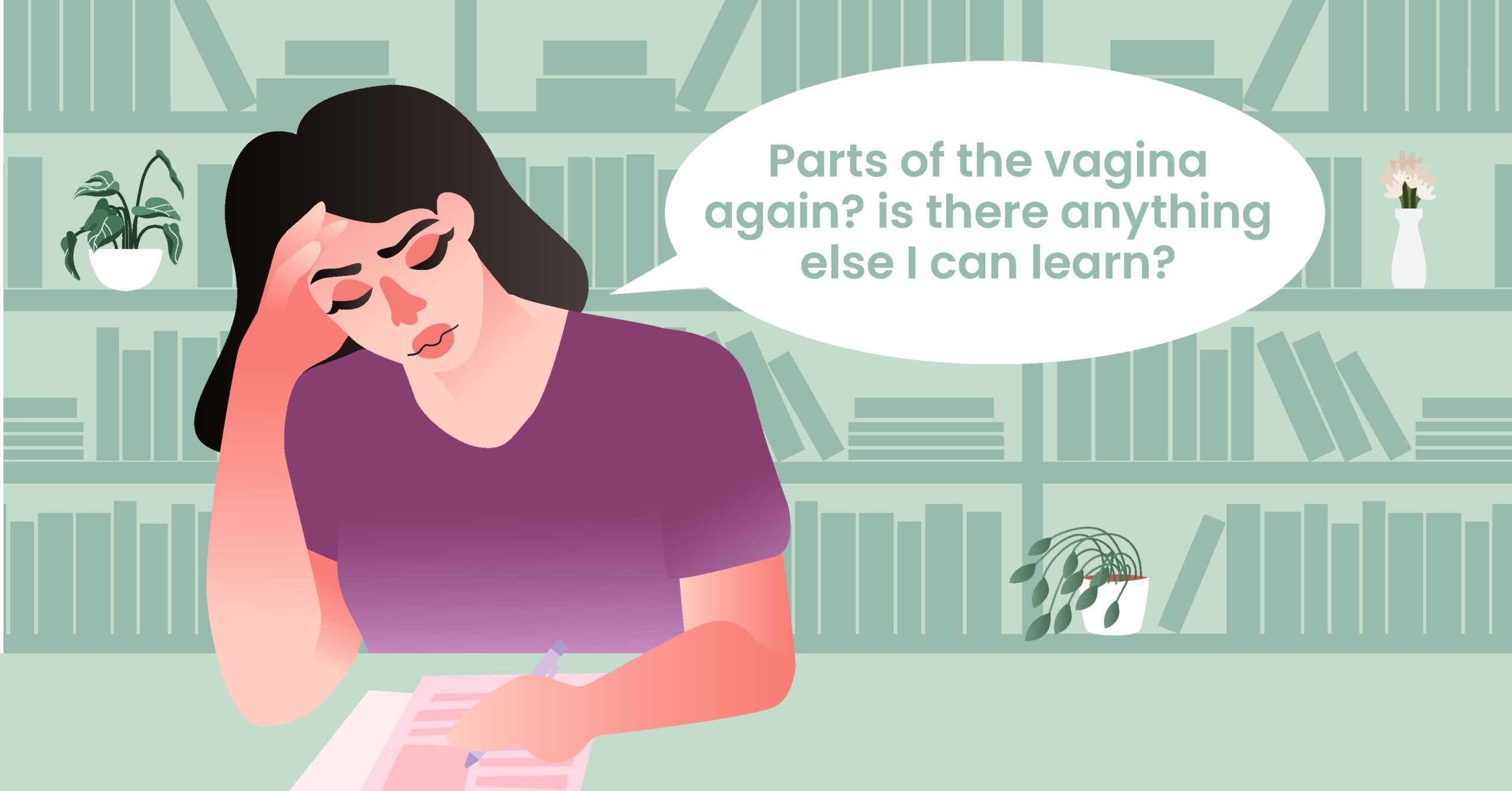
Another issue with sex education in the Philippines is that the topics taught are either too advanced or too basic, which can confuse or bore students.
For younger kids, the focus should be simple, age-appropriate topics like basic anatomy and personal boundaries. As students get older, the lessons should get more detailed, covering things like consent, sexual orientation, and reproductive health.
Below are the suggested topics that should be covered for elementary and high school students.
Elementary (Grade 5 and above)
- Puberty
- Reproductive System
- Menstrual Cycle
- Consent
- Sexual Grooming (when a sexual predator tries to connect with a minor, and why this behavior must be reported)
- Genital Care
High School
- Sexual Arousal
- What Happens During Sex
- Masturbation
- Birth Control Methods
- Other Safe Sex Practices
- Consequences of Unprotected Sex
- Courtship & Marriage
- Pregnancy Cycle
- Assisted Reproductive Techniques
- Cost of Raising a Child
Misconceptions About Comprehensive Sex Education
Besides the issues with how sex education is implemented in schools, there are also a lot of misconceptions that make people uncomfortable with comprehensive sex-ed. Let’s debunk some of those concerns.
1It will only encourage young people to have sex.

A common misconception about comprehensive sex education is it promotes deviant behavior. People believe that teenagers would only get more excited to try sex now that they’ve learned about it. However, studies have shown that comprehensive sex education actually delays the onset of sexual activity and increases the use of contraception among those who are sexually active.
When young people are provided with accurate information and understand the consequences of their actions, they are more likely to make responsible decisions. Education empowers them to understand their bodies, set boundaries, and respect others’ boundaries, collectively contributing to healthier behaviors and relationships.
2It will foster an unhealthy dynamic between the educator and the students.
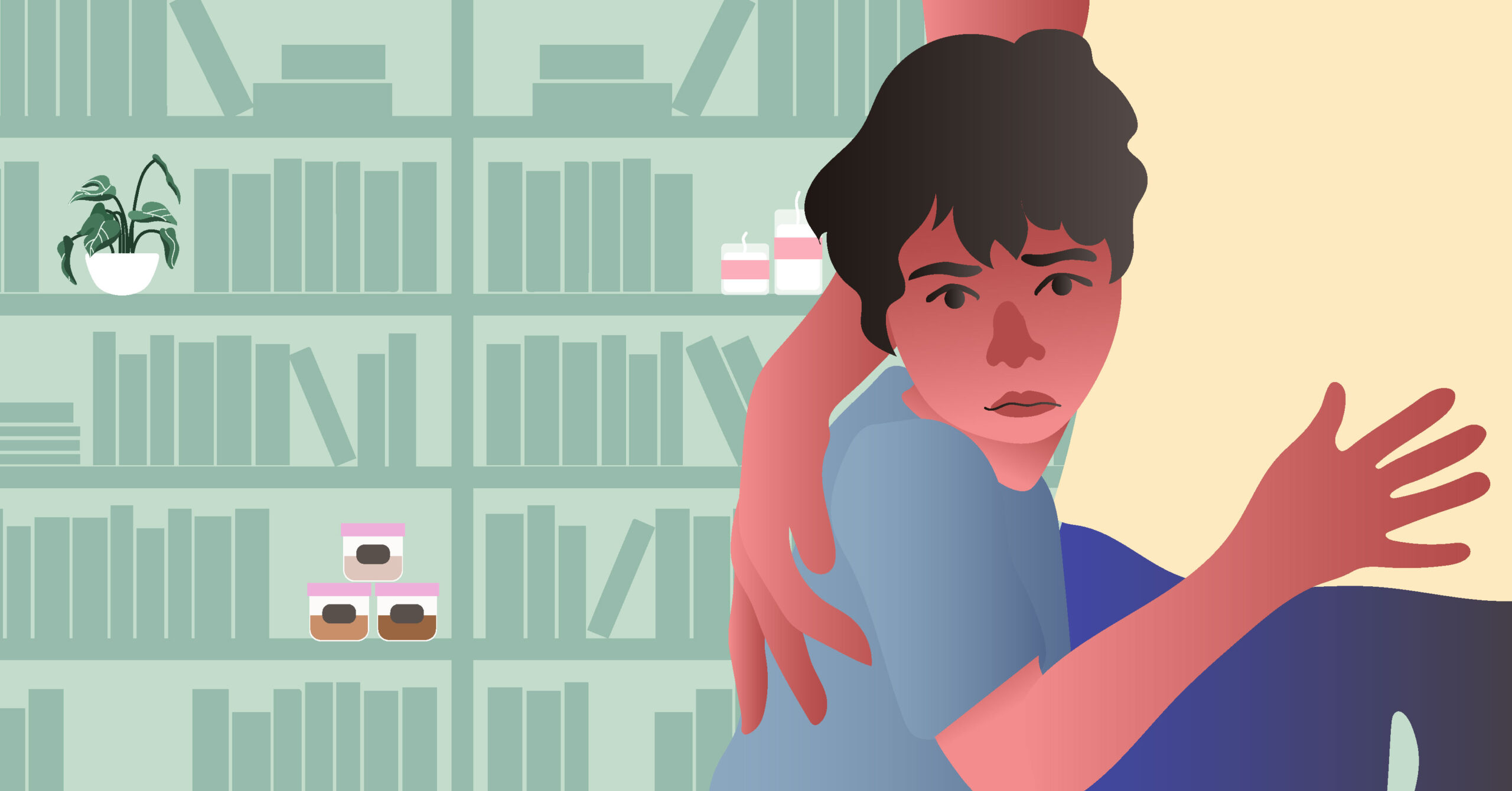
Another concern is that comprehensive sex education might create an uncomfortable or inappropriate dynamic between educators and students. Some adults even claim that teaching sex-ed is “sexual grooming.”
This couldn’t be further from the truth. A teacher discussing sex and safe practices in a professional and educational context is nothing like a predator showing pornography to a minor and pretending it’s “teaching.” Comprehensive sex-ed is about giving students the knowledge they need to make informed decisions, not about exploiting them.
-
₱795.00
-
₱1,395.00
-
Original price was: ₱795.00.₱556.50Current price is: ₱556.50.
3Comprehensive sex education focuses on sexual techniques, like oral sex or anal.

Some people believe that sex-ed mainly focuses on the best sex positions, blowjob techniques, Kamasutra, and other topics that are inappropriate for minors.
Here’s the thing, a comprehensive sex education program isn’t like something you would read in women’s magazines. Those topics, as much as they’re helpful to adults, aren’t supposed to be taught in schools.
The reality is comprehensive sex education covers a wide range of topics that extend far beyond sexual acts, including information on anatomy, reproduction, consent, relationships, birth control or contraception, and sexually transmitted infections (STIs). While it may address different types of sexual activities to ensure students are informed, the focus is on health, safety, and respect.
Importance of Comprehensive Sex Education in the Philippines
Most of you already know that learning about sex has its perks but for those thinking it’s just “common sense” or that teens should figure it out on their own, think again. Here are a few reasons why having a comprehensive sex education in our country is crucial:
1It helps people get to know their body better.

Implementing comprehensive sex education in the Philippines plays a crucial role in helping individuals understand their own bodies.
By learning about their vulvas, vaginas, penises, breasts, and other genitals, they can remove those unhealthy notions about genitals and reduce their chances of experiencing body image issues. Not only that, but educated individuals can better communicate with healthcare providers when seeking medical attention.
2It reduces the likelihood of unplanned pregnancies.

Unplanned pregnancies can have significant social, economic, and health impacts, particularly in a country like the Philippines, where access to reproductive health services may be limited.
Comprehensive sex education addresses this issue by teaching young people about contraception and family planning. Students learn not only about abstinence but also about how to effectively use contraception if they choose to be sexually active, which would then help them reduce their risk of getting pregnant at an early age.
-
₱150.00
-
₱150.00
-
₱150.00
-
₱150.00
3It lowers the risk of contracting sexually transmitted infections.

Students who have been given proper sex-ed also reduce their risk of contracting sexually transmitted infections (STIs). By providing information on how STIs are transmitted, the symptoms to watch for, the importance of regular testing, and ways to prevent STIs, these lessons empower individuals to take proactive steps to protect themselves.
4It empowers people to make informed choices about their sexual health.

The reality is that no matter how much you try to shield a teenager from the concept of sex, they’re bound to learn about it eventually. It’s a natural part of life, and with hormones kicking in, they’ll start experiencing sexual arousal, romantic feelings, and all the other stuff we adults go through during puberty.
So, instead of trying to shield them, why not help them get ready for that phase of life? When people have accurate information about sexual health, they can make decisions that suit them best. Comprehensive sex education gives them the tools to handle these choices with confidence and responsibility.
-
₱1,700.00
-
₱1,300.00
5It helps young individuals recognize if someone’s taking advantage of them.
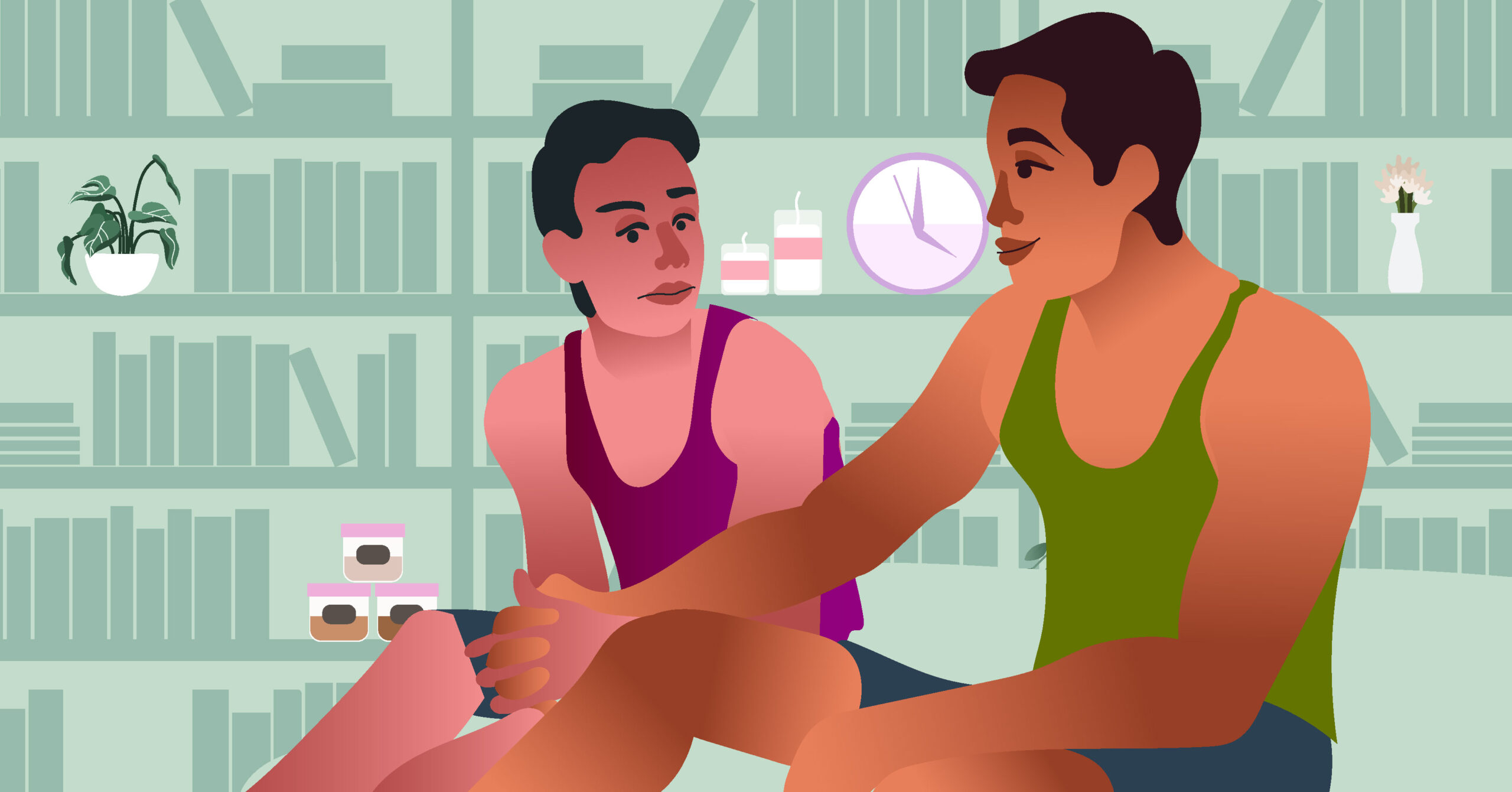
Lastly, having comprehensive sex education in the Philippines can help children and teens recognize abusive or coercive behaviors, empowering them to take action if they find themselves in such situations. By understanding what constitutes consent and what healthy relationships look like, people can better identify when someone is taking advantage of them.
Sex Ed Begins at Home.
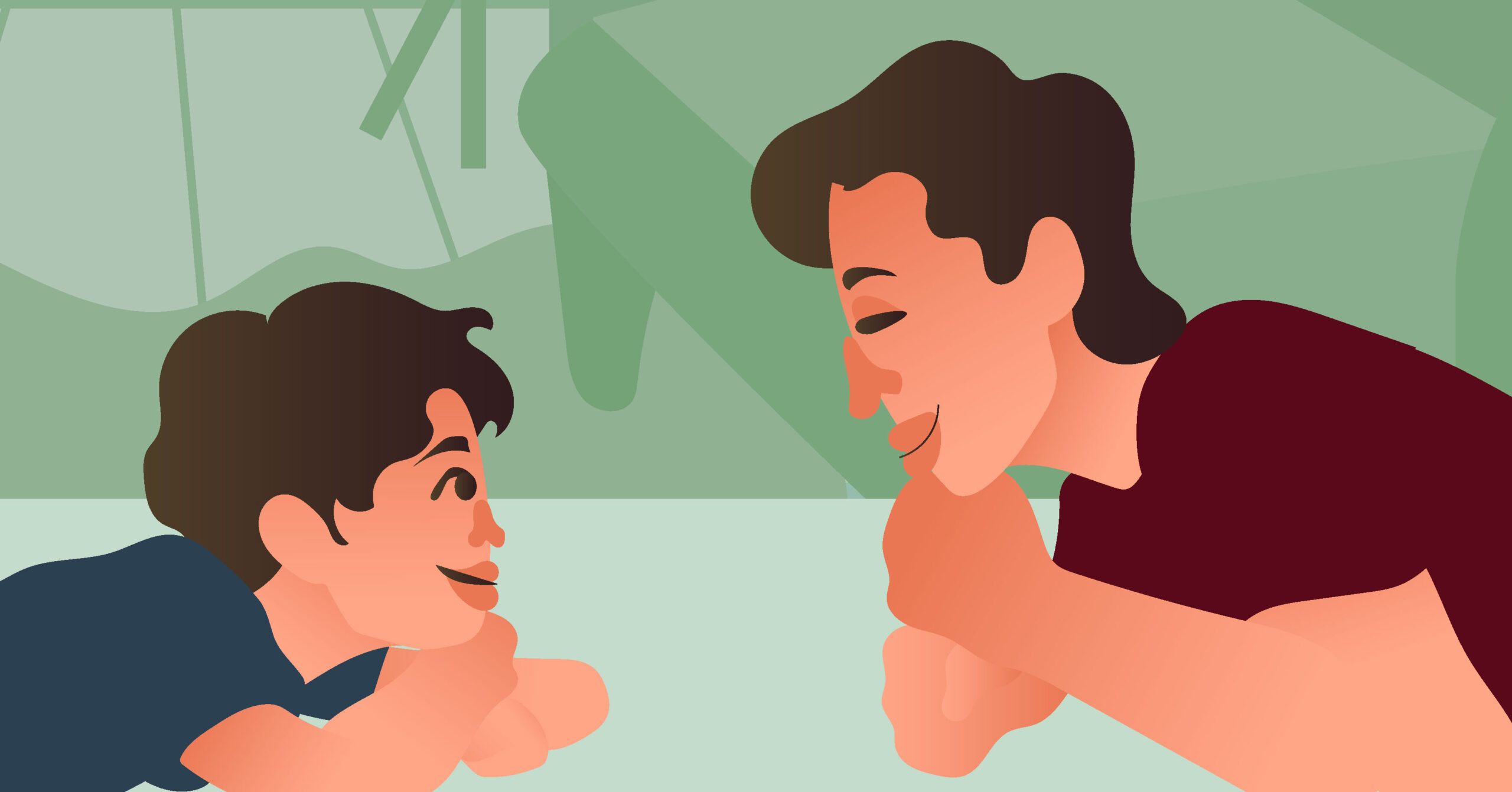
While it’s important to improve sex education in schools, sex education should start with the parents. It makes children feel more comfortable seeking guidance and they’ll have additional context for the sex education lessons they’ll receive in school.
Parents who engage in these discussions can also provide personalized guidance that aligns with their values, ensuring that their children receive consistent and supportive information as they grow.
Eager to Learn More About Sex-Ed?

If you’re interested in learning more about sexual wellness, or you’re a parent who needs further guidance on what to teach about the birds and bees, we’ve got you covered. The lauvblog has a wide array of topics for you— from masturbation to common relationship challenges.
However, please note that our content is specifically made for adult readers. You may need to adjust some of the given content to make it more age-appropriate. By tailoring these discussions to be age-appropriate, you can ensure your child receives the information they need at the right time.


